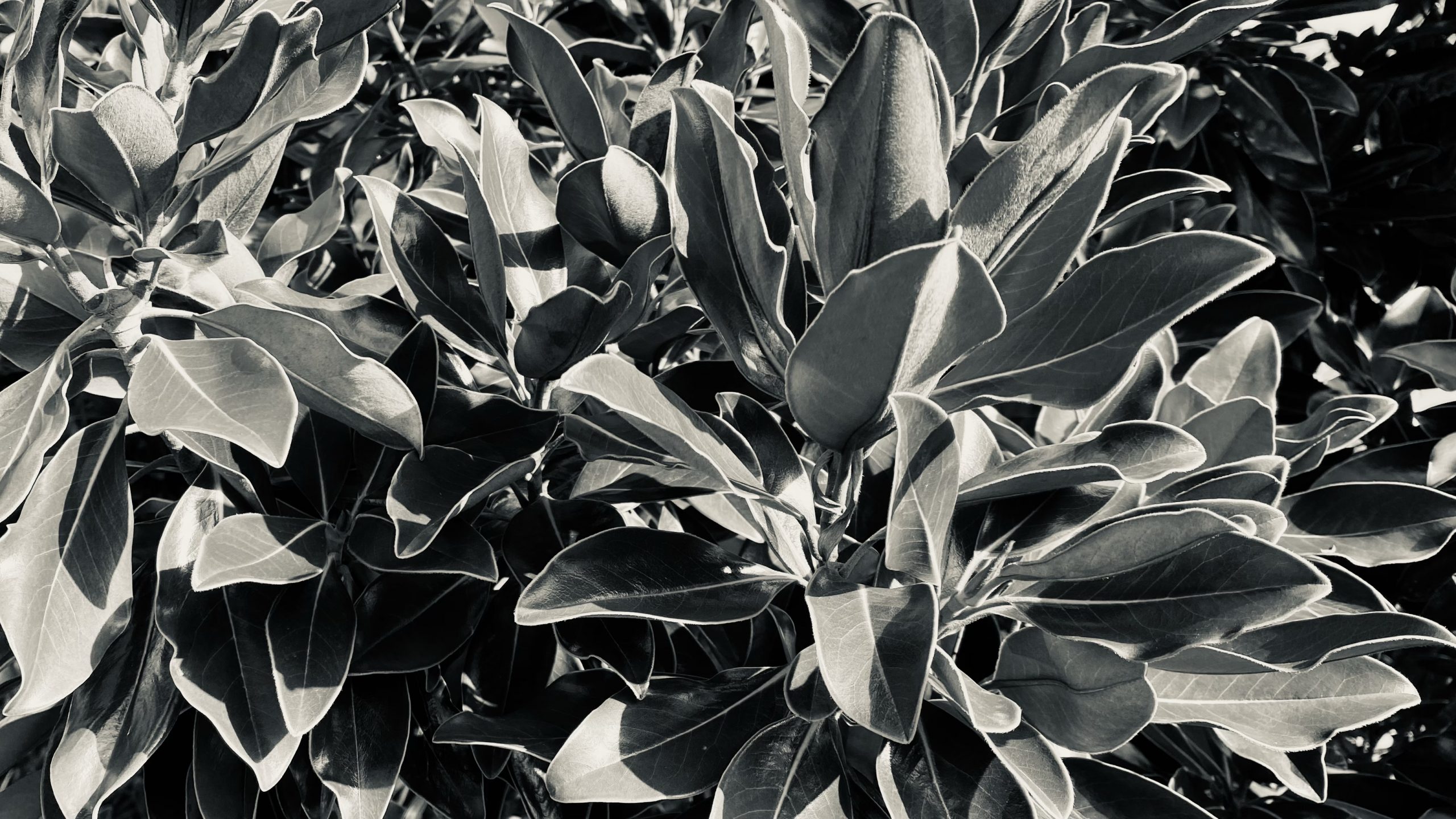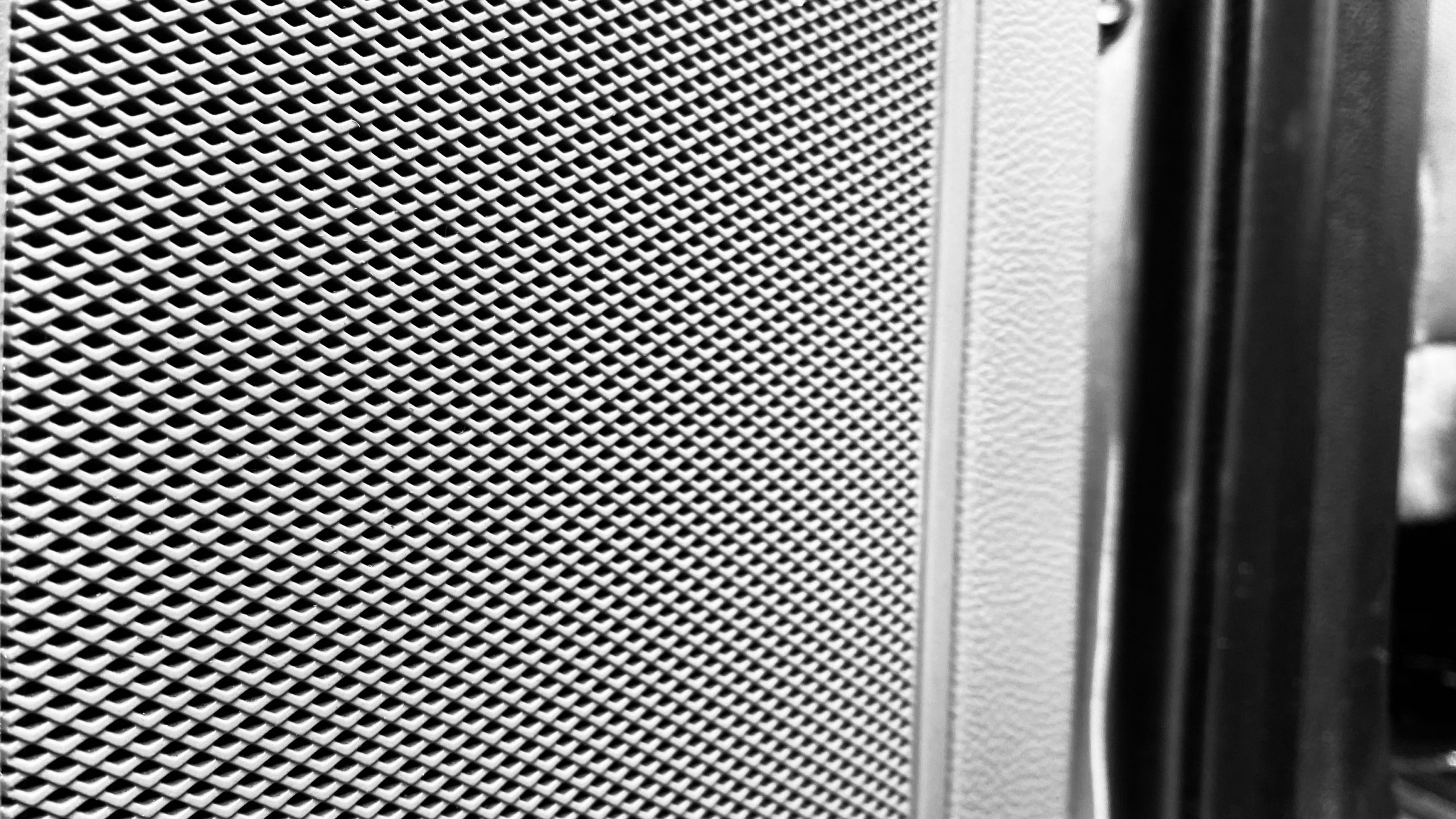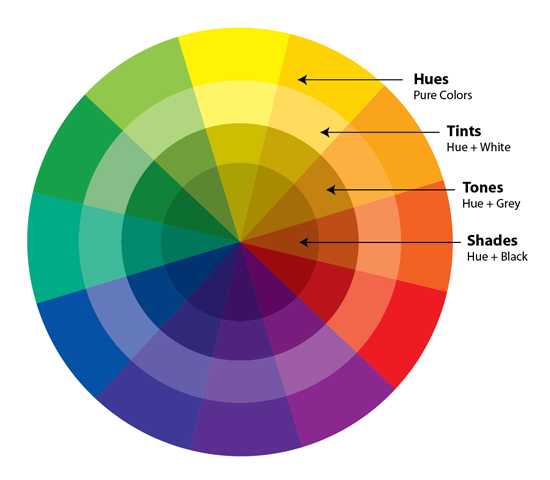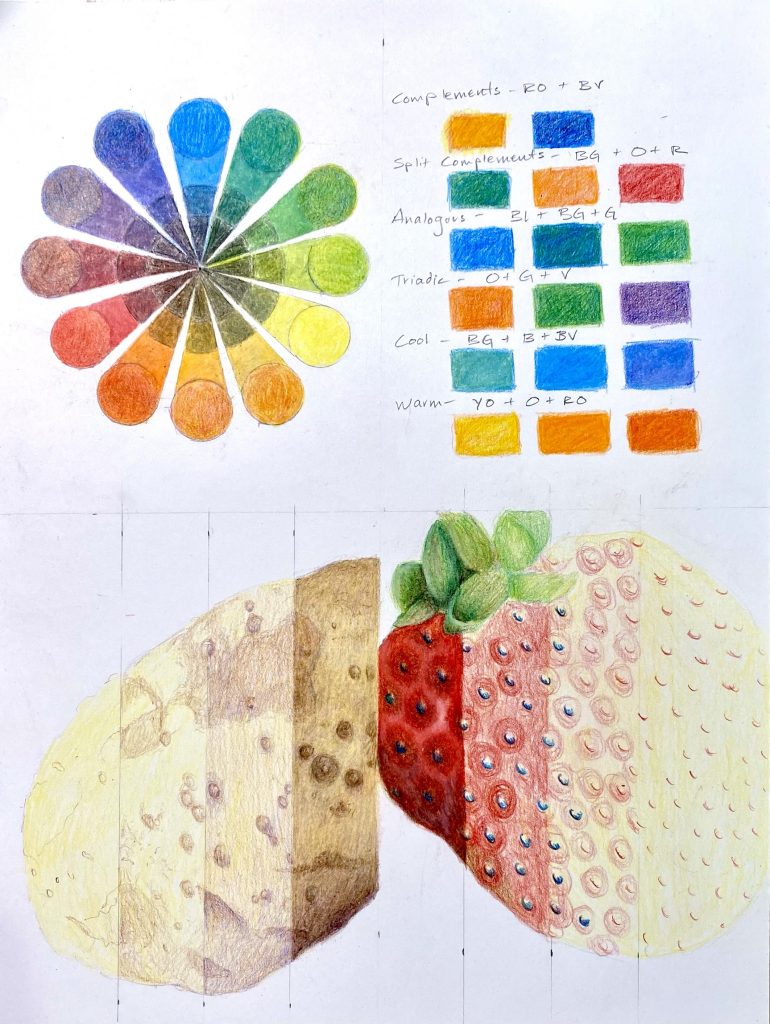
Learning Objectives
Students will be able to define the Elements and Principles of Design.
Students will be able to demonstrate a basic understanding of the Elements and Principles of Design
Materials
- Any materials that you may have in your home or dorm. Try to find a variety of materials but avoid printed or digital images. You could use clothing, paper, carpet, grass, fruits or snacks, pretty much anything.
Sketchbook
Define the Elements and Principles in your sketchbook with both a brief description and a quick sketch. You can find more information about the Elements and Principles here or the Elements and Principles link to the right under Research.
Take notes on the videos Elements and Principles page in your sketchbook.
Project
Part 1 – For part 1 of this project I want you to use your phone to create 5 different compositions. For each of the 5 composition choose one element and one principle to illustrate using objects that you have around you. For example, you might pair the element line with the principle balance. You could arrange spaghetti in a way that illustrates asymmetrical balance. After you have arranged your chosen objects, photograph them with your phone in black and white (or add a black and white filter). Add these images to your Google Slides Presentation for projects and share that presentation in the Projects Discussion on Pipeline. For Part 1 of this assignment we will not be using any color. * For each of these tell me how each image is using the element and principle that you’re focusing on.
Part 2 – After you have completed AND received feedback on Part 1, I want you to create 3 more. For these 3 I want you to explore the element color and one principle of your choice. For example you might combine color and repetition, color and unity, color and movement, etc. Once you are done arranging your composition, take a photo of each with your phone and upload to D2L. Add these images to the same Google Slides Projects Presentation. For these 3 make sure that you don’t use any filters. * For each of these tell me how each image is using the element and principle that you’re focusing on.


Research



















